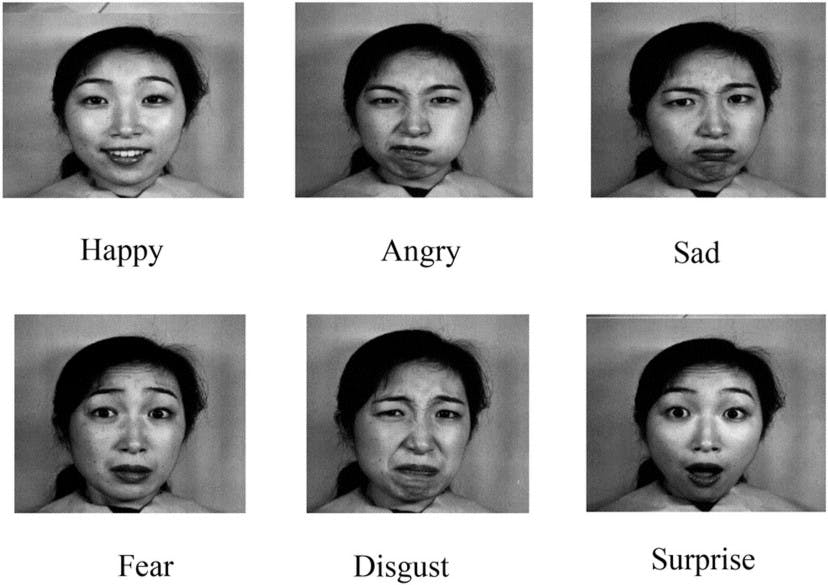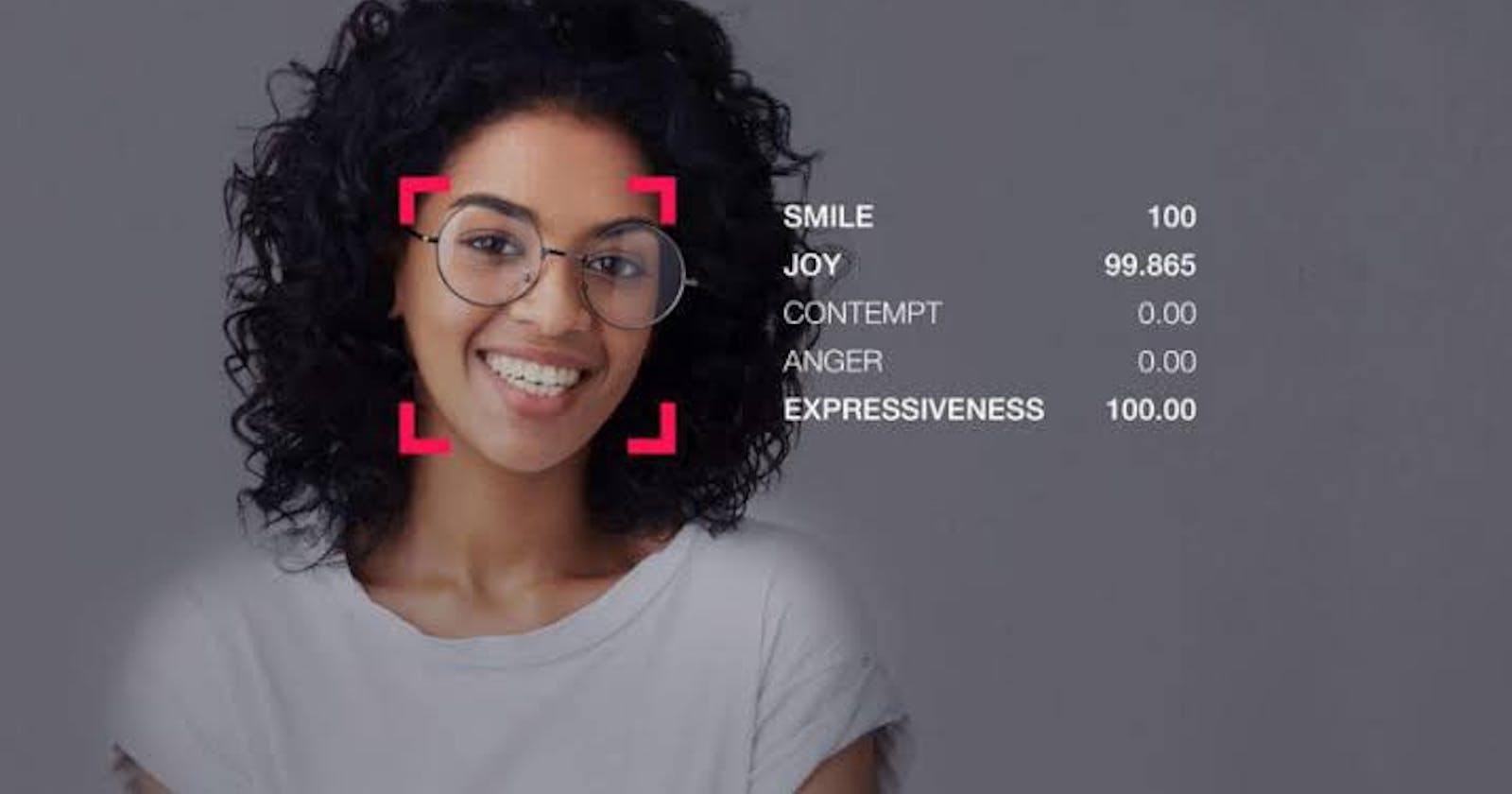Table of contents
We express our emotions when socializing with our friends, family members, and strangers. This can be seen as a natural action, one that we do not learn. Knowing how to understand people’s emotions can be a difficult task. Even expressions of grief can be likened to joy, hence the term 'tears of joy’.
To fully understand how emotions work, engineers and psychologists worked together to develop facial technology using Artificial Intelligence. This AI is called emotion detection or recognition. Over years, developers have continued to improve the efficiency of AI emotion recognition software. Using advanced methodology, this software can function like the human brain, making it recognize emotions with no issue.
What is Emotion Recognition AI?
This is Artificial intelligence that studies and detects several facial expressions and uses the information along with additional data presented to them. It is very useful for different purposes, including interviews and investigations. It allows the authorities to study the emotions of the individual being questioned.
What Emotions Can the Artificial Intelligence Recognize

Emotion recognition AI can recognize several facial expressions through analysis. The following are some emotions and their facial expressions:
Joy
- Raised corners of the mount that turns into a smile
Anger
- Raised chin
- Intense gaze
- Burrowed and lowered eyebrows
Fear
- Furrowed brows
- Opened mouth
Surprise
- Raised brows
- Wide eyes
- Dropped jaw
Anxiety
- Biting of lips
- Sadness
- Lip corner
- Furrowed brows
How Deep Learning Works for Emotion Recognition AI
Deep learning is a subset of machine learning. It is an AI that functions like the human brain by processing information and developing specific patterns that help to detect objects and carry out decisions.
Deep learning is based on an algorithm called Neural Net. This algorithm was inspired by the cerebral cortex structure and works like the brain. The neural net has different layers like the cerebral cortex. These include input, hidden, and output layers. Preferable information in this algorithm will have to pass through each of these layers. The layers will modify the data and transform it into something preferable.
How Does Emotion Recognition Work

There are several factors that this AI uses to study and detect facial expressions. The steps include:
Knowledge-Based
This contains images that are used for comparisons. They are also used to recognize emotional variations. These images are kept in a cloud database. Anytime there is an input made to the system, the algorithm will find the relevant image that matches the input.
Preprocessing and Resizing
This enhances the inputting of data and removes several types of noises. The inputted image is then resized based on the eye selection method.
Difference Measurement
In this step, the software finds the difference between the inputted and the stored images. This leads to the last step.
Emotion Recognition
This is the last step. A comparison is made and the final output given depends on the differences found.
How Is the Emotion Recognition AI Trained?
For artificial intelligence software to be perfect or effective, it needs to undergo continuous training. This is also true for the emotion recognition Ai. It has to be trained to recognize facial expressions and ensure that the outputs are appropriate. There are two approaches that can help to train this algorithm. They include:
Dimensional
Emotions are not defined concretely in this approach. Instead, they exist on a spectrum. The PAD spectrum state has three dimensions while the circumflex model of effect has only two.
Categorical
In this approach, emotions will fall into several set classes. These include contempt, surprise, anger, fear, and happiness.
Choosing any of these approaches has some vital effects when modeling them to suit the machine learning algorithm. If you were to choose the categorical approach, a classifier will be created and emotions would be labeled with images and texts. But when using a dimensional approach, the outputs will be on a sliding scale.
Fields of Emotion Recognition AI
Here are some key fields of this artificial intelligence:
Images
Classified emotions in a picture can be inputted with emotional models and sorted into various genres.
Videos
This is a major field of this software. There is still major research going on to understand how this works when used in emotion recognition. One example of this is the cameras on smartphones.
Speech
Generally, speeches are written as analyzable texts, but this method does not apply to emotion recognition AI. Researchers are hoping to develop a better way to use speeches for emotion recognition applications instead of written texts.
Conversation
This AI in conversation focuses on detecting emotions from two or more individual discussions. Datasets that are used for this are commonly from social media platforms. But there is a challenge in this field. This includes sarcasm in conversations and conversational contexts.
Applications of Emotion Recognition AI
Here are some applications of this software:
HR Assistance
When it comes to interviewing job candidates, some companies have utilized the use of AI emotion recognition in accomplishing this. The software helps to determine if a candidate is sincerely interested in a job opening based on facial expressions, intonations, and keywords. This artificial intelligence will create a report that helps the recruiters to analyze the candidates’ performance.
Customer Support Service
Several software systems are launched in customer support centres. By using AI technological cameras, the customers’ emotions are detected and analyzed to determine if they are satisfied with a service or not. If the results of the software are relatively poor, the system will advise the store workers to improve the quality of their services.
Healthcare
The medical field is taking full advantage of this AI technology. Healthcare workers use this facial recognition AI to know if a patient requires medicine or which patient is needing immediate help.
Security Means
This AI can be used in institutions to prevent violence and improve security. You can find other applications here.
Video Game Testing
Before a new video game is released, it has to be tested to get feedback from gamers. This feedback helps gaming companies to know if their new product is worth releasing to others. By using the emotion recognition AI during the testing period, companies can notice how a user’s emotions are.
Conclusion
Emotion Recognition AI can help us understand human facial expressions. It has many known applications ranging from healthcare to security. Like every other artificial intelligence algorithm, emotion recognition can improve our lives.
